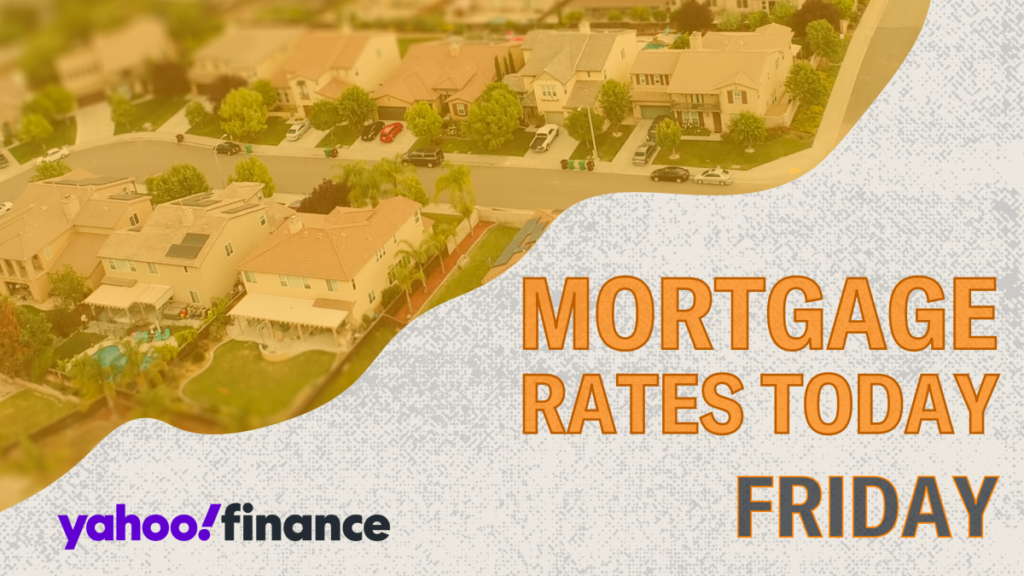The landscape of mortgage rates has seen a notable increase, with the 30-year fixed mortgage rate rising for the sixth consecutive week. Data from Freddie Mac shows that the current rate has reached 6.79%, which surpasses the 52-week average of 6.76%. Predictions for 2024 suggest that interest rates are unlikely to drop significantly, although a gradual decline may begin in 2025. For potential homebuyers who are ready to make a purchase, it may not be advisable to wait for rates to decrease, as current market conditions remain uncertain. While fluctuations are common, the general trajectory is leaning towards more stability with moderate rates in the near future.
Mortgage rates have been a topic of increasing importance, particularly in light of the current economic climate influenced by the upcoming elections. As per the latest Zillow data, the following national average rates are now observed: a 30-year fixed rate at 6.52%, a 20-year fixed at 6.33%, and a 15-year fixed at 5.67%. For adjustable-rate mortgages (ARMs), the 5/1 ARM stands at 6.62%, with the 7/1 ARM close behind at 6.65%. VA loans and FHA mortgages also display competitive rates, with the 30-year VA at 5.92% and the 30-year FHA at 5.88%. It is crucial for buyers to keep these averages in mind, as they provide a realistic benchmark for assessing which mortgage products might suit their financial situations best.
Refinancing remains another option for many homeowners, and current refinance rates according to Zillow reflect a similar trend. The 30-year fixed refinance rate is at 6.55%, while the 15-year fixed refinance stands at 5.78%. The differences in rates between purchasing and refinancing can impact decision-making about mortgages significantly. Refinancing can potentially lead to lower monthly payments or altered loan terms, but the associated rates often come at a higher price compared to initial home purchase rates. As homeowners evaluate their choices, understanding the nuances of refinance options becomes essential in determining their financial plans.
To assist buyers and homeowners in navigating the complexities of mortgage payments, tools like mortgage payment calculators are available. These calculators allow users to simulate various scenarios based on different mortgage rates, loan terms, and associated costs, including property taxes and insurance. This comprehensive approach provides a more accurate picture of monthly obligations beyond just the principal and interest. Anyone looking to transact in real estate can benefit significantly from these tools, empowering them to make informed decisions in an ever-evolving market.
Types of mortgage rates, such as fixed and adjustable, offer different benefits and understanding these can help buyers select the right product. Fixed-rate mortgages, including the 30-year option, provide predictable payments that can be appealing for long-term financial planning. In comparison, ARMs might offer a lower initial rate but can lead to variability in payments after an introductory period. Given current market conditions where fixed and adjustable rates are closely aligned, potential borrowers must carefully weigh their options before committing. Homebuyers must consider factors such as their future financial stability and how long they plan to stay in the property.
Looking ahead, experts have mixed opinions on the trajectory of mortgage rates. While current rates remain higher than those seen a year ago, predictions suggest a decrease moving into 2025 as the Federal Reserve is anticipated to reduce the federal funds rate. The Mortgage Bankers Association (MBA) forecasts that the average 30-year fixed rate will stabilize around 6.3% by the end of 2024, indicating a potential easing in the strain on homebuyers and refinancers alike. Ultimately, while immediate changes can be uncertain, potential homebuyers and current homeowners may find it wise to monitor the situation closely and consider long-term strategies based on expert guidance and evolving economic indicators.

